Made in USA: What’s real. What’s not.
Made in America – Most Americans love the idea of buying a Made in USA product instead of an import. But sometimes it’s hard to tell what’s real and what’s not.
Almost 8 in 10 American consumers say they would rather buy a Made in USA product than an imported one, according to a recent Consumer Reports survey. And more than 60 percent say they’re even willing to pay 10 percent more for it. For some, the decision might stem from a belief in American quality and safety. Others might think it’s the best way to support the American economy and workers. But in our increasingly complex global economy, how much meaning does a label stating “Made in USA” still hold? (Get more details from our nationally representative survey by clicking on the image a right.)
Some iconic American products, from the Apple iPhone to Cuisinart food processors, have little or no manufacturing presence on these shores, while many foreign makers have invested heavily in manufacturing plants in the U.S. The auto industry has long grappled with what it means to be made in America. (Read “What Makes a Car ‘American’?”) But now, because of a wave of “reshoring,” many appliance manufacturers and other companies are moving significant operations back to the USA. Since 2010, about 300 companies have returned here, according to the Reshoring Initiative, an industry-supported not-for-profit that focuses on bringing manufacturing jobs back.
And yet the perception persists that American manufacturing is in decline. It’s fueled by the fact that very few products sold in the U.S. in certain high-profile categories, such as consumer electronics and clothing, are actually produced here. But the Department of Commerce reports that between 2009 and the end of 2014, U.S. manufacturing output grew by 45 percent, 646,000 jobs were added between February 2010 and May 2014, and another 243,000 positions are waiting to be filled. (Even so, such growth hasn’t made up fully for losses during the 2008-2009 recession.)
Two reasons cited for a resurgence of American manufacturing in recent years are newly cheap energy and the narrowing gap in labor costs between the U.S. and other countries. But it’s not just about costs. A third factor is increased investment in research and development.
Some analysts say that the frontier in innovation lies in “brainfacturing.” It’s a term that describes a new wave of manufacturing focused on research in digital technologies, automation, and new materials. In certain industries, such as software, American companies are so dominant that other countries are enacting legislation to encourage the development of their own products in order to lessen their reliance on U.S. technology.
No matter how you define a “Made in USA” label, though, it has selling power, and many marketing departments are rushing to capitalize on it. But consumers often don’t know whether they can trust the claim. The Federal Trade Commission has issued standards for products that bear a “Made in USA” label, but those guidelines aren’t widely understood. And the claim gets even more confusing when compared with products that say “assembled” or “designed” in America. Adding to the cacophony, there is plenty of outright deception by companies that slap Americana on their products in hopes they’ll be able to cash in on public sentiment before getting found out as a fraud.
In an effort to capture the wide range of voices on this nuanced topic, we asked 13 leaders to weigh in. We also provide a guide to some of the highest-rated products—ones that live up to the “Made in USA” promise.
Who gets to use the ‘Made in USA’ tag?
Renewed pride in American manufacturing has made it more fashionable—and profitable—for companies to wax patriotic in their advertising, even when the claims are far from bona fide. “We see many goods which say ‘Made in USA,’ but they’re actually made in China,” says Hal Sirkin, a senior partner at The Boston Consulting Group, global management consultants.
The federal government’s “Made in USA” standards empower the Federal Trade Commission to take action against companies that make false or misleading claims.
All or almost all of a product bearing the label must be of U.S. origin, i.e., it should contain no foreign content (or a negligible amount) and its final assembly or processing must take place within the 50 states, the District of Columbia, or U.S. territories and possessions.
But the standards also allow manufacturers to make “qualified” claims for products that aren’t entirely of domestic origin. One example: a GE refrigerator with 87 percent U.S. content.
Why fakes sneak through
The FTC’s role is to guide companies that want to use the label; it doesn’t police every product on the market. “It’s often a question of context,” says Julia Solomon Ensor, a lawyer for the agency. “A product may convey that it’s Made in USA, with a huge American flag on the package, but then there will be a tiny qualifier saying it consists of 100 percent imported parts.”
The FTC would undoubtedly challenge that kind of claim, but only after receiving a formal complaint from an outside party. “Most complaints come from competing companies, who can best determine if a product is truly made in the U.S.,” Ensor says. “It’s challenging for the typical consumer to know whether a claim is true.”
It doesn’t help that the FTC standards allow companies to design their own labels, unlike the federal Energy Star program, for example, with its distinctive blue label that’s a recognized mark of energy efficiency. ‘Made in the USA’ labels, by comparison, take many forms, as the examples below show.
Paradoxically, plenty of products that really are manufactured domestically don’t carry a ‘Made in USA’ label. For example, many Kenmore appliances are produced in the U.S., but you won’t see any patriotic labeling on them because Kenmore also has contracts with foreign manufacturers.
How to recognize imports
Given the vagaries of “Made in USA” labeling, another strategy is to look for a “Country of Origin” mark, which Customs and Border Protection requires on all imported products. It must be in a conspicuous place where it can be seen with casual handling, so you should be able to find it quickly while shopping in a store. With refrigerators, for example, the country of origin is on the manufacturing sticker usually found on an interior wall. With gas grills, the sticker can be found on the back of the metal frame or cart. (Bear in mind that the marking isn’t required on American-made products.)
We’ve mined our current Ratings in a dozen product categories for recommended models that were Made in USA out of mostly U.S.-supplied parts, even if their manufacturers don’t advertise the fact.
RELATED: See MAM’s list of American companies verified Made in USA
If you come across a claim that seems bogus, file a complaint at ftc.gov or call 877-FTC-HELP. An investigation will probably take a while, and the FTC won’t respond to you directly, so playing the vigilante role won’t help with your immediate purchase. But you’ll be doing your part to uphold the integrity of the “Made in USA” claim.
Just how American are these iconic brands?
Learn how you can become a MAM brand ambassador and help support the Made in America Movement.

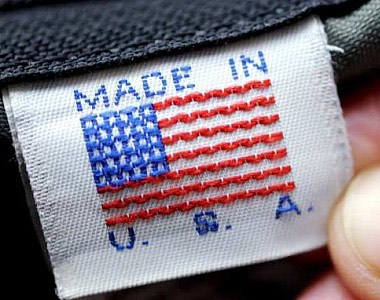
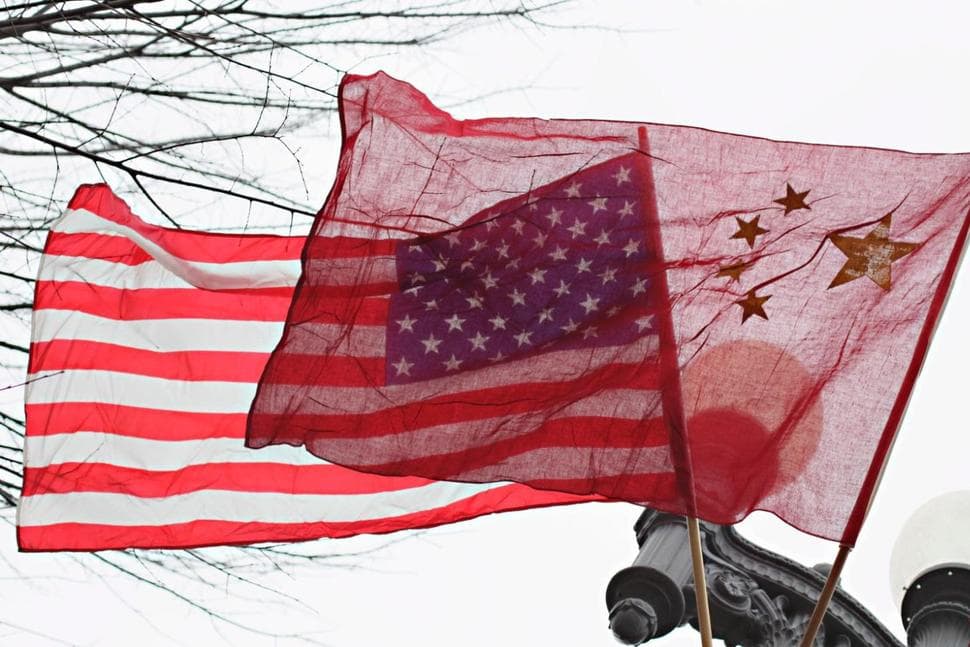
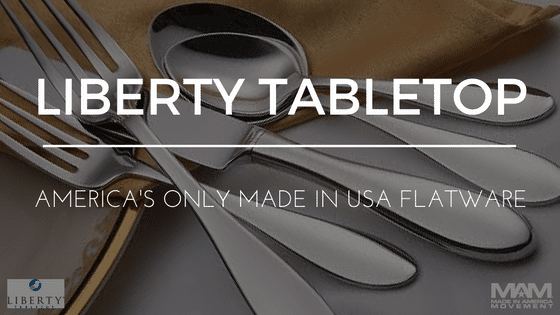

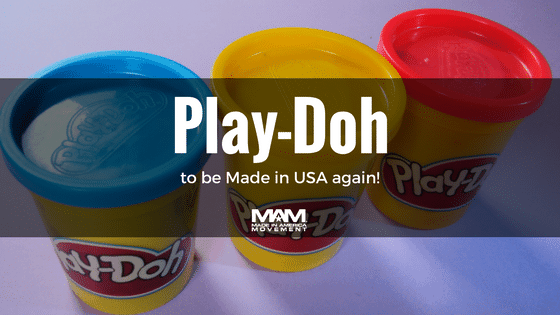


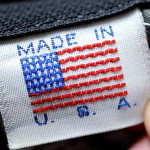
I wouldn’t mind paying more for products made in America because i will b getting quality and supporting our economy at the same time. Think about it people who are buying products made in China, are not only helping the Chines build their military and their country. I do hope the companies who put profit first will have a place to hide other than the USA.